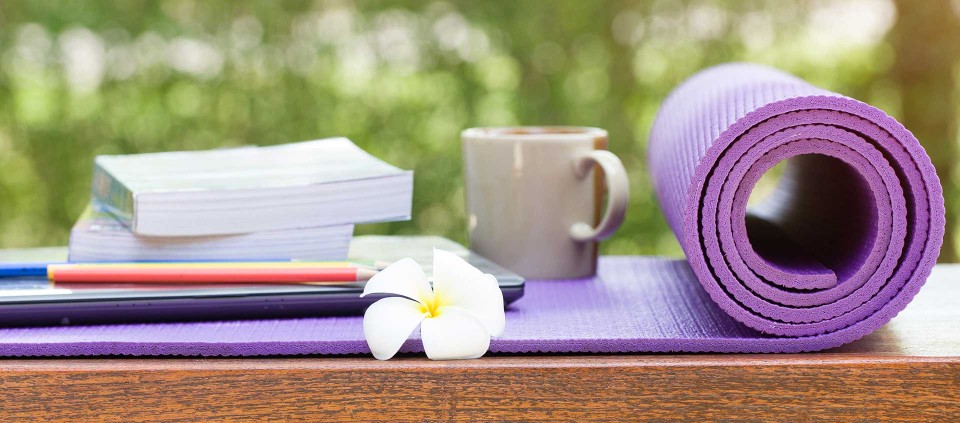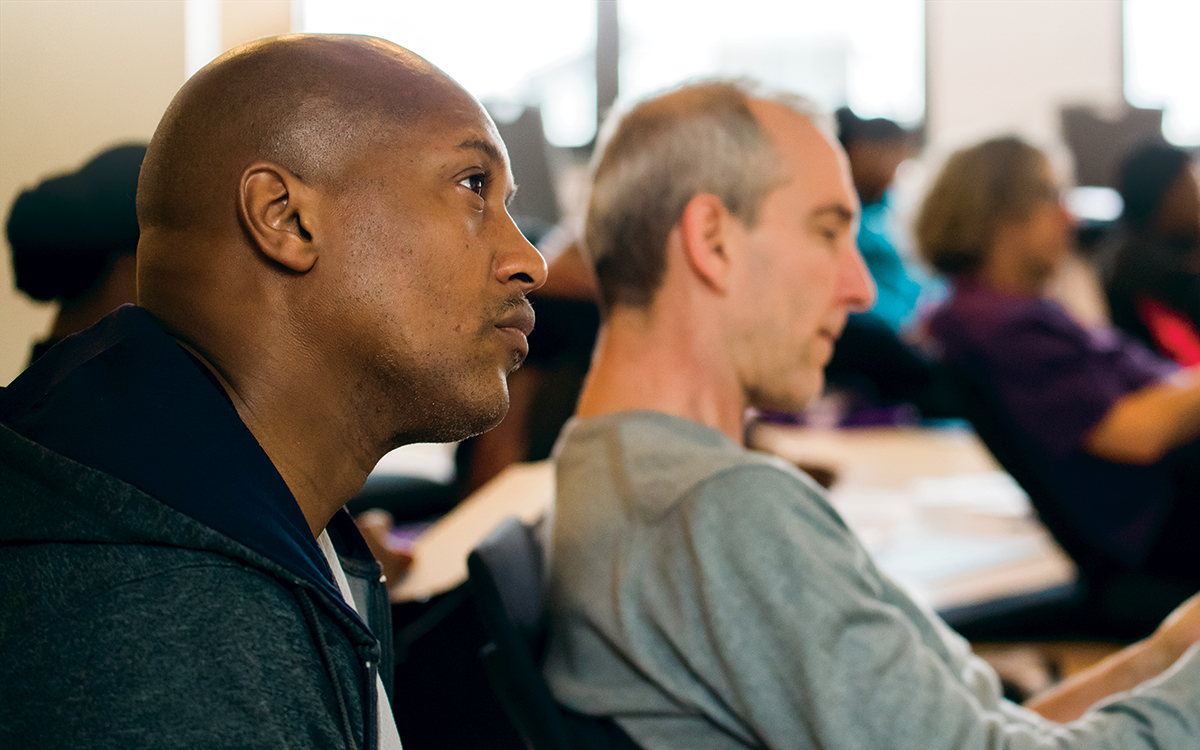Mindfulness in the (Online) Classroom: Appreciating Schoolteachers, Supporting Resilience

May 4, 2020
During COVID-19, classroom teachers are among those who have been called upon to make sudden and stressful shifts in what is already a challenging profession. In fact, a study done last year found that more teachers are quitting after their first year than at any time in the last 20 years, and one-third of new teachers leave the profession after five years.
Kripalu Schools faculty and RISE Facilitator Janna Delgado delivers stress-resilience programming for educators and has been teaching yoga in public schools for more than a decade. We spoke with her about what teachers are up against, and how yoga and mindfulness can help them avoid burnout—now, and when they return to their on-site classrooms.
What are some of the biggest stressors that schoolteachers face?
Teachers are overworked, overstressed, and under-resourced. So many children are dealing with equity issues, trauma, and Adverse Childhood Experiences that teachers are called upon to become therapists, counselors, and life coaches—their work is more about getting kids ready to learn rather than actually teaching academics. Teachers also face enormous pressure to raise student scores on high-stakes standardized tests. As a result, teachers can’t teach the way they want to or the way kids need to learn. It’s easy to feel disempowered and lose your sense of passion and purpose in those circumstances. On top of that, teachers tend to put themselves last on their list, so at the end of the day, they don’t have time or energy left for self-care.
How have the challenges teachers face shifted with online learning?
As I’ve been researching and talking to teachers in preparation for developing an online format for our Teaching Kripalu Yoga to Adolescents training, I’ve been hearing that what they’re doing now is not so much about remote teaching and learning, it’s about crisis management and crisis intervention. For some teachers, academics have taken a back seat to social-emotional learning—helping students feel safe and seen, supporting them in regulating their emotions, and making sure they and their families have access to what they need. The priority right now is creating a sense of connection so that kids feel they’re part of a community even while they’re physically distanced from each other.
What are some of the ways RISE practices support teachers, and how does that carry over to online teaching?
RISE teaches tools for self-care, resilience, and staying centered, and teachers need that now more than ever. Their students are looking to them as community leaders and mentors during this incredibly difficult time. The RISE tools of breath and mindful movement can help them replenish and refill their cups, so they can come from a place of being grounded and centered, and embody calm and presence for themselves, their fellow teachers, and their students. Embracing compassion for themselves and their students can support them in acknowledging and accepting that their standards of teaching and their standards for their kids may need to shift right now. Staying connected to their strengths, to positive emotions, and to gratitude also supports teachers in maintaining a sense of meaning and fulfillment in their work.
How can teachers bring these tools into their daily routine, for themselves and for their students?
It might be as simple as pausing to take a few conscious breaths between classes to check in with themselves and notice how they’re doing physically, emotionally, and mentally. To share that with students, they might start a lesson by having everyone take three deep breaths. Or they might begin the week with a community circle, to give everyone a chance to share how they’re doing. There are simple ways to incorporate breath and mindfulness, even when it’s done virtually, that can make a real difference in cultivating a sense of calm, presence, and connection. Small things can have a powerful impact.
Experience yoga classes with Janna Delgado on Kripalu Connect!
How do mindfulness practices support adolescents in particular?
The adolescent brain is in a state of transformation; it’s undergoing major reconstruction. The prefrontal cortex is still in development, leading to a lack of self-regulation, greater impulsivity, pushing back against parents, craving connection to peers—all of which are essential developmental stages but can lead to challenges. Meanwhile, the neurological connections that are not being used are getting pruned away, and the neurons that are firing together are becoming strengthened. It’s an opportunity to lay down grooves in the brain: The habits and mindsets we establish in adolescence have a pretty good chance of being with us for the rest of our lives. So when adolescents learn coping skills such as using the breath, Self-Observation Without Judgment, mindfulness, and interoception, they will have them for always. Adolescence is the second-best window, after kindergarten, for establishing patterns and habits.
There’s a set of specific competencies we teach in the Teaching Kripalu Yoga to Adolescents training that can set adolescents up for success and help them become more self-aware, which is a prerequisite for self-regulation: Once they become aware of their internal state, they’re better able to regulate their behaviors, their actions, and their words. Learning how to manage their stress helps them focus and concentrate better, have greater empathy, make better decisions, and relate to their family and their peers with less reactivity. What we’ve seen with our programming in schools is that when there’s a critical mass of students and teachers getting the tools, there are positive shifts in the entire school community.
Having worked in so many schools, with hundreds of teachers, what do you admire most about what they do?
Teachers go above and beyond to support their students, and the impact that they can have on young lives is tremendous. Just taking that on is a Herculean, heroic effort, particularly when you’re teaching children who are facing issues at home or in their communities. I’m so impressed by the resilience teachers are demonstrating now—their ability to shift and reprioritize and find new ways to stay connected to students. I applaud their ingenuity, their creativity, their inspiration, and their dedication to their students. My sincere wish and hope for all teachers is that they go above and beyond for themselves as well, so they can continue to do this absolutely essential work in the world.

